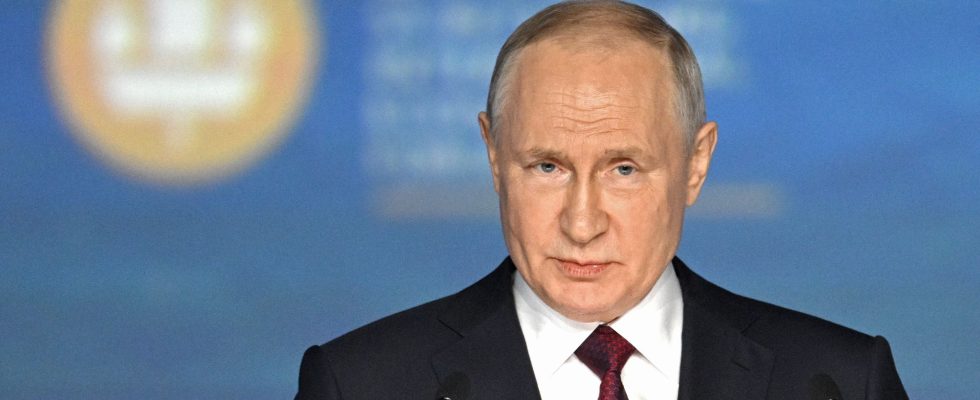Each kilometer, each village gained is a victory. Announced for months, the Ukrainian counter-offensive carries all the hopes of kyiv and its allies. A rout would deal a severe blow to the regime of Vladimir Putin, of which we perceive signs of disintegration.
However, it would be rash to predict its impending downfall. First, Russian soldiers, who have learned from their failures, fight better. Then, even defeated, the head of the Kremlin, master of propaganda, will be able to pass off his setbacks as victories. He could also switch even more into authoritarianism, by carrying out purges against all those he considers a threat, Stalin-style.
Malevich’s black square
In reality, there is no reason to hope that this war will end soon. Even if driven out of Ukraine, Russian forces will be able to return. Because unlike Germany in 1945, Russia will not be occupied. And its war criminals will not be tried. “Kasimir Malevich, with all the prescience that artists can have, represented the future of his country with his black square painted in 1915. Then there was the civil war and the gulag”, recalls the writer Mikhail Shishkin. Once again, the future of Russia looks like a black square, so slim is the possibility of a more liberal regime being imposed. “For that, a national feeling of guilt would have to emerge”, continues the novelist. But what Russian leader would kneel in Mariupol, as Chancellor Willy Brandt did in Warsaw?
Exasperated by a conflict that impoverishes them, the elites could try – at their own risk and peril – to get rid of Putin. Without calling into question a well-established system – the capture of oil and gas revenues to control domestic policy and project Russian power abroad – they would seek to re-establish ties with the West, by giving it some pledges. A Potemkin democracy that would not, however, renounce the imperial dream. Unless in the circles of power, an inspired soul decides to sketch a brighter square for the future of the country.
